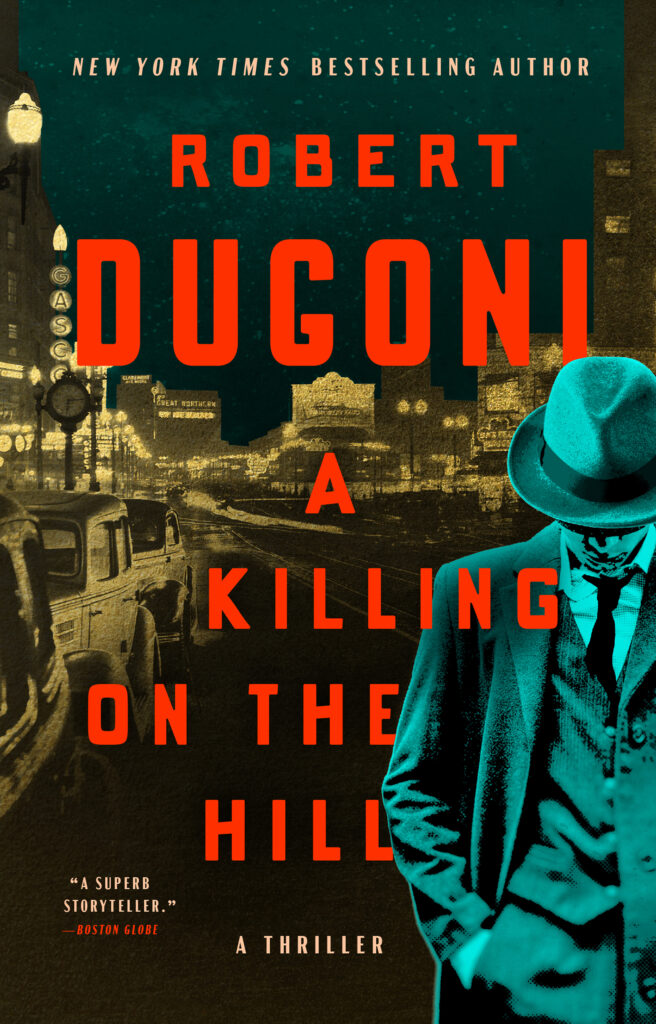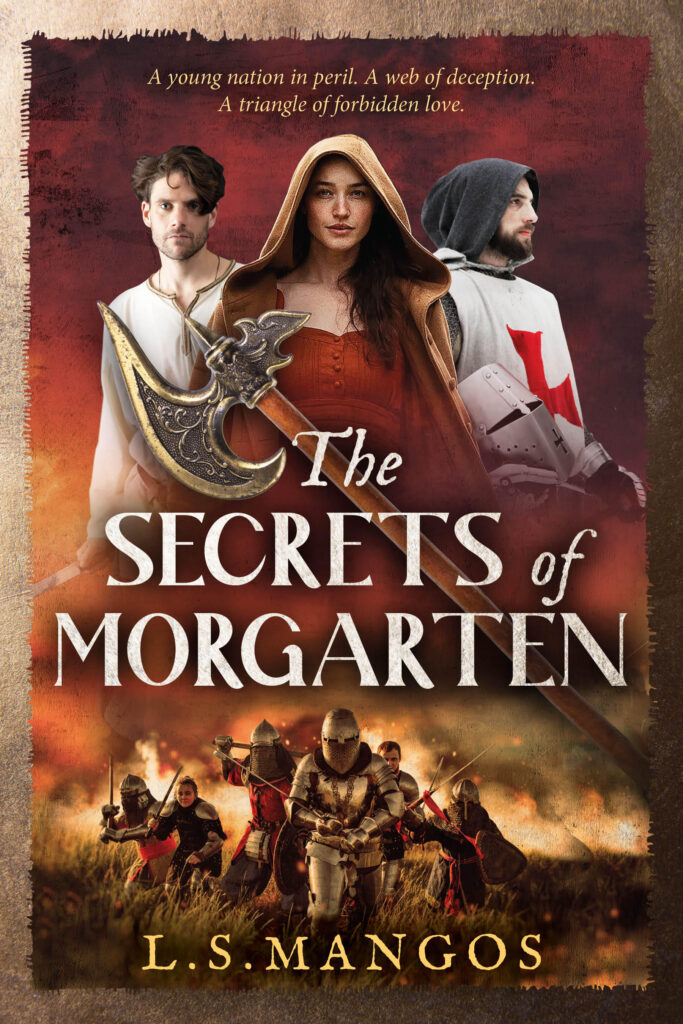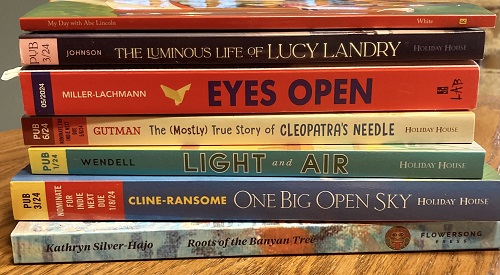The Spitting Cobra
(1)
Ancient Egypt, 1200 B.C. Eleven-year-old Isis and her lame thirteen-year-old brother, Hopi, are orphans. Isis is a talented dancer and works with a travelling dance and music troupe. Hopi is fascinated by snakes and scorpions. They both know that they are lucky to be able to live together, particularly as Hopi can’t work. But will that last? Isis’ dancing partner, Mut, is always making trouble for Isis and she hates Hopi.
The troupe is invited to perform in Set Maat, a village devoted to building the royal tombs in the Valley of the Kings. But things are about to go badly wrong. Suspicion is in the air: someone may be stealing from the royal tombs. And then Hopi is discovered in a forbidden place. He says he’s just looking for snakes – but can that possible be true?
I enjoyed this lively story. The author offers her readers exactly what is needed: a strong plot with several intertwining strands, terrific pace, and two attractive and believable central characters. She is good at the visual aspect, too; it is easy to picture the insides of the village houses, the tombs and surrounding desert, and so on. I also like Isis and Hopi’s troubled relationship with Mut and the way the three children gradually work things out and move on.
Gill Harvey has plainly done her homework, but she cleverly avoids information dumps; the facts about Egyptian life and customs are woven seamlessly into the story. Children will learn effortlessly about cobras, Egyptian life, gods and goddesses, and what archaeology now tells us about the tomb-builders’ village, which still exists near the Valley of the Kings.
There is a helpful cast list, map, fact file and glossary at the end of the book.
(2)
This is a fantastic story about a boy and his sister. The thing I really like about it is the way that the author switches between the two children, so that one section is about Hopi the boy and the next is about Isis the girl. I also found it exciting; you felt as if you were the children, having their feelings. I learnt some stuff about ancient Egypt and about their gods, which added to the story nicely. Although Gill Harvey explained their inner feelings well, I had to make a picture for myself of what the children looked like. That could be good in some ways, and the dialogue tells you a bit, like when a lady shouts at Hopi, ‘I suppose a cripple needs all the luck he could get’. I think this book is good for 8-11 year olds.










